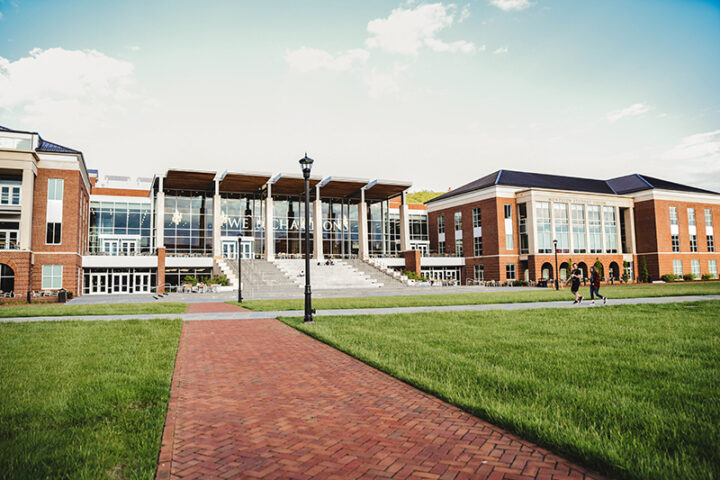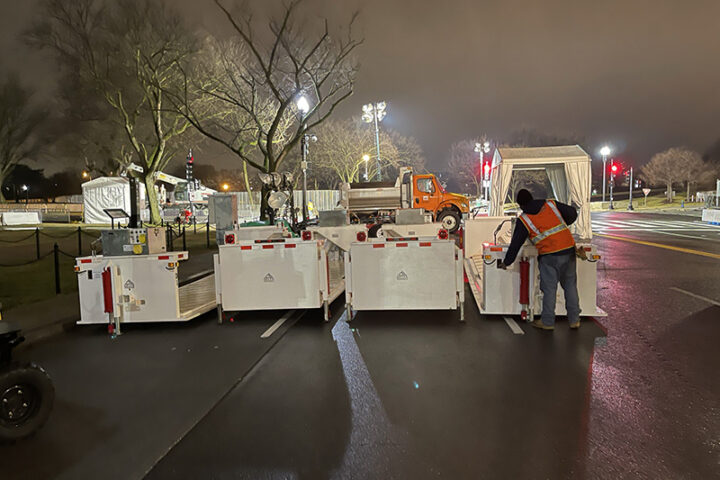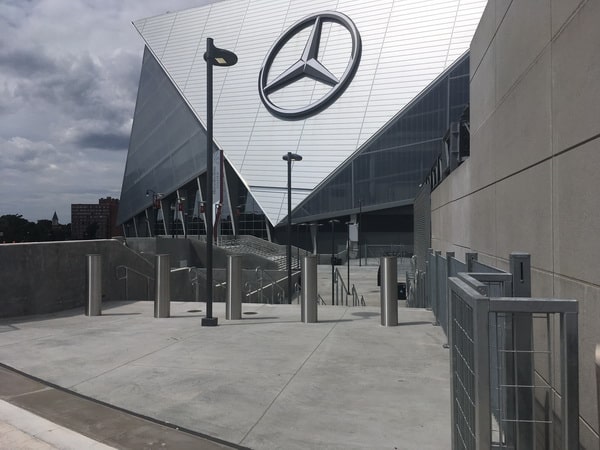Colleges and universities take campus security very seriously. As a result, the last two decades have seen a general decline in crime rates on campuses of higher education. Nevertheless, there are challenges involved in enforcing security on college campuses. For example, a single campus may encompass an area equivalent to several city blocks. During key hours, this area is densely populated with students and staff members. Additionally, the larger colleges may have roadways through campus. Sometimes the roadways are private, limited only to students and university staff. Other roadways may be open to the public.
The ABCs of Security in Private Enterprises
The need for security measures in public places, such as government buildings and military installations, is obvious. If it wasn’t obvious before, it should be after the assault on our national capital early this year. Private enterprises’ need for security is not always as obvious but is just as pressing, This is especially true of buildings and complexes that see a great deal of traffic on a daily basis. If it is a mix of both foot and motor vehicle traffic, the need is even greater. Here is a summary of security issues at various points in the private sector, as well as solutions that we offer at Delta Scientific.
Physical Security of University Campus During Virtual Learning
As the COVID-19 pandemic continues, the start of another school year has brought uncertainty to many college and university campuses across the country. Institutions of higher education have debated the correct way to mitigate the threat of exposure to the potentially deadly virus while meeting the educational needs of all students. Based on guidance from the Centers for Disease Control and Prevention, most have either adopted a hybrid learning model, combining in-person instruction with virtual learning, or gone to virtual learning only. According to the CDC, the risk of transmission with hybrid learning is low to medium. Virtual-only instruction represents the lowest risk of infection with COVID-19.
The Visibility of Security: Keeping Campuses Safer
New environments, rigorous schedules, new independence all contribute to making the transition to college difficult. With the rise in gun & vehicular violence, safety had become another, vastly more pervasive concern. A goal for any administration is to create an environment where staff & students feel safe on campus.
High-Security Devices To Safeguard Colleges and Stadiums
Today it is easier than ever before to plan & exert harm & induce fear on any large gathering or public space. Professional & college stadiums & campuses can be particularly vulnerable. However, advanced security measures make it possible to prevent high-impact attacks. Learn more how Delta Scientific is leading the way to secure our stadiums and colleges from terror.





